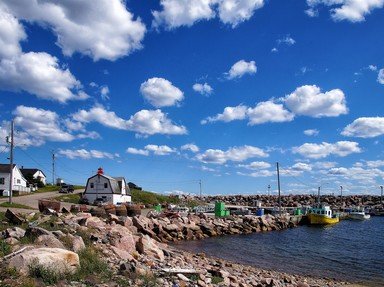Quiz Answer Key and Fun Facts
1. The topography of Sable Island is quite mixed. Which of these features would you not find on Sable Island?
2. Sable Island is well known for a very special inhabitant. Do you know what this creature could be?
3. In which of the world's oceans will you find Sable Island?
4. Sable Island has an interesting nickname. Would you know what it is often referred to as?
5. There are quite a few bird species that nest on Sable Island. Can you guess how many different species there are?
6. Sable Island lies southeast of Halifax, Nova Scotia. It is actually 300 km from Nova Scotia. What separates Nova Scotia from Sable Island?
7. Sable Island has many beautiful flowers which bloom from May through early October. Which flower is the first wildflower bloom of spring?
8. Gray seals inhabit much of Sable Island's beaches. About how many pups were born there between 2003 and 2004?
9. If you wanted to visit Sable Island what would be the first requirement?
10. There is a fog chemistry program on Sable Island. It began in 2003. What does a fog chemistry program do?
Source: Author
funnytrivianna
This quiz was reviewed by FunTrivia editor
minch before going online.
Any errors found in FunTrivia content are routinely corrected through our feedback system.
